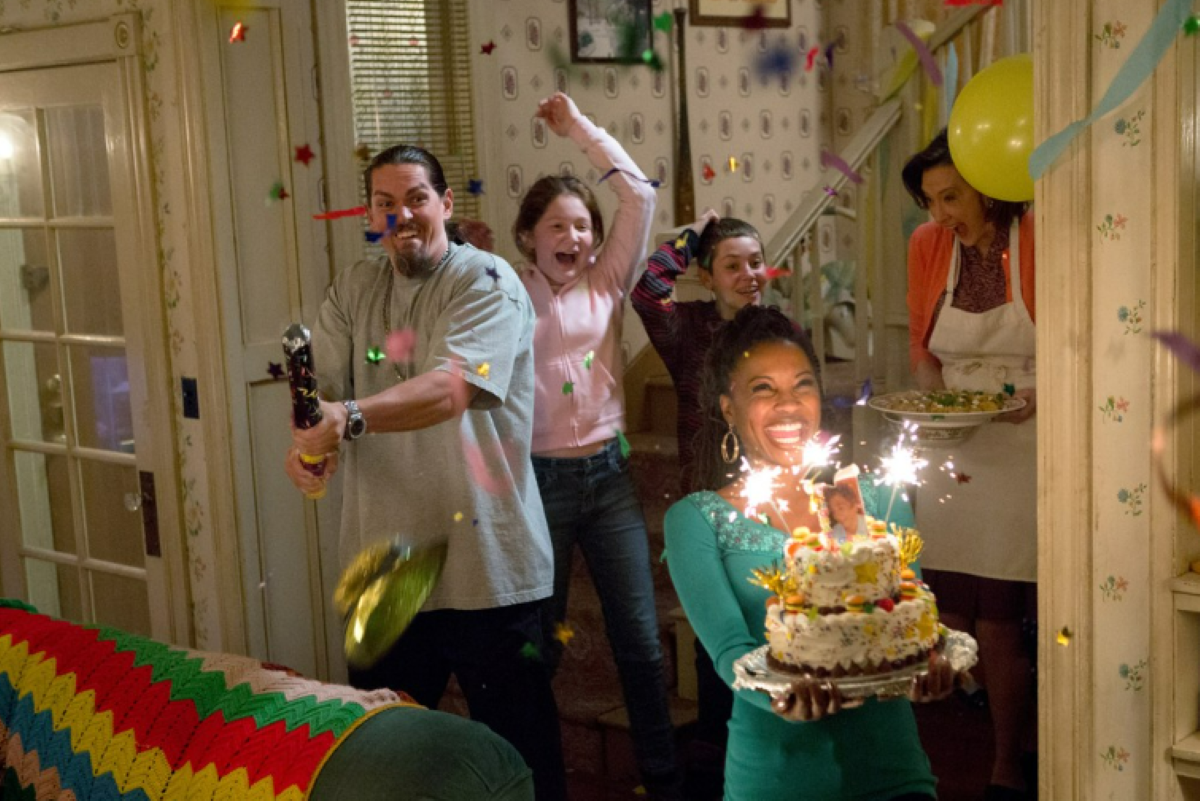When people think of Halloween, different folkloric images come to mind: vampires, werewolves, ghosts and of course, witches. What most people don’t understand, though, is why the image of witches is so prevalent in today’s society, where it came from and the correlation, if any, it has to the modern-day witch or Wiccan.
American witchcraft has a long and eclectic, albeit gruesome history, believed to date back to the earliest times in Europe, according to J.A. Sharpe’s article, “Witchcraft.” But what was witchcraft, exactly?
According to Sharpe, the interchanged terms of witchcraft and magic were thought to have quite different meanings. Witchcraft is normally thought of as an inherited quality used to inflict harm, whereas magic involves a number of techniques acquired through learning.
Though there is little evidence to suggest the witchcraft of the medieval and early modern periods was any sort of organized religion, according to Sharpe.
Witches were generally perceived to be lower class, illiterate females, whereas the well-educated and well-born male occult practitioners were thought of as magicians, according to Sharpe.
The image of the witch most are familiar with, “the hag, the elderly, worn and probably lower-class woman” is no recent development, according to Sharpe. The stereotype exists in classic literature, mainly from the works of Greek and Roman writers.
However, originally, superstitions and accusations were regarded as bizarre and irrational, socially divisive and dysfunctional and received little serious attention, according to the Phillip Stevens Jr.’s article, “Sorcery and Witchcraft.”
“The problem of magic, witchcraft, sorcery and the occult became somewhat more complex with the beginning of the era of the Christian conversions in about the 4th century,” according to Sharpe.
Early Christian churches had to accommodate the pagan religions it sought to replace, building churches on Pagan holy sites and incorporating pagan practices of divination, prophecy and folk healing, to make Christianity more accessible and acceptable, according to Sharpe.
What was believed and persecuted as witchcraft in America was brought by the New England settlers in the 17th century; though the witch hunting craze, the climax of which being the Salem witch trials in 1692, began during the 15th century, said early U.S. and rural history professor Robert J. Gough.
Instruction manuals, such as Jacobus Sprenger and Heinrich Kramer’s 15th century “Malleus Maleficarum” (“Hammer of the Witches”), taught how to identify, interrogate and convict witches.
Though the descriptions in “Malleus” may now seem outlandish, such as the witch’s ability to change people into animals and make a man’s penis disappear, the book was “the considered weapon of the wisest minds of many centuries in the fight for men’s souls,” according to editor Marianne Rodker.
Though there are several theories as to why witches were persecuted in such great numbers throughout this period, Sharpe suggests it was a combination of three factors: the uncertainty of life, sin and influence of the Devil; sorcery cases among Europe’s elite; and the persecution of heretics.
Other theories include the idea that women who held positions of power or had a certain level of independence.
For example, the tavern owners were targeted in order to keep them in a place of lower social standing, Gough said, and encourage others to remain more dependent.
Witches were often used as a scapegoat for whatever problem the community suffered. For example, those who refused charity to beggars may have been verbally cursed. If you later experienced misfortune, instead of assuming God was punishing you for your lack of charity, you blamed the beggar for using the curse, English professor
Theresa D. Kemp said, thus denouncing them as a witch. Kemp also suggests that in certain cases, accusations of witchcraft could arise simply from conflicts between different families.
But the witch hunts climaxed with the witch trials of Salem Village, Mass. Mary Beth Norton’s book, “In the Devil’s Snare,” explores the reasoning behind and the aftermath of these trials. The trials began with two young girls suffering from fits attributed to witchcraft, according to Norton.
“In the months that followed, growing numbers of accusers claimed to be tortured by the apparitions of witches, and to see the ghosts of dead people charging the witches with killing them,” Norton said. “Other accusers . came forward as well to describe how they and their animals had been bewitched by the malefic acts of the accused.”
Though other scholars have different interpretations of the Salem crisis, such as hallucinogenic ergot poisoning, an encephalitis epidemic, the girls being angry adolescents or fictitious fits. Norton relates the witch hunting in Salem with the King William’s War and having little to do with absolution.
The witch hunting craze dropped off after this event, outgrowing somewhat the persecution of the imagined traitors within their own society.
Though the topic of witchcraft is popular and surrounded by myths, the problems were emphasized in the 20th century by the emergence of Wiccan and Pagan groups that claimed witchcraft was a pre-Christian religion, Sharpe said.
“The practices of Pagans and Wiccans have only tenuous connections with peasant beliefs of the 15th or 16th centuries. Modern witchcraft, despite its claims, seems to have little historical foundation,” Sharpe said.
Practicing Wiccan and Eau Claire resident Trae Dorn agrees. Dorn has been practicing as a solitary Wiccan, what is considered modern-day witchcraft, for 10 years.
“The permeating myth is that it’s this ancient religion that goes back millennia because that’s what a lot of people genuinely believed 20 years ago,” Dorn said. This may have been started with Gerald Gardner, often accepted as the father of modern-day Wicca, who learned this idea from the coven he had originally joined, Dorn said. He wrote the changes in his book, “Witchcraft Today,” and has subsequently generated many Wicca traditions.
Though there are still negative connotations with the word “witch,” the preconceived notions of witchcraft of the 15th to 17th centuries has little to no bearing on the practice of Wicca today. The wicked witch image that most associate with Halloween is an L. Frank Baum invention, from “The Wonderful Wizard of Oz.”
Halloween, known to Wiccans as Samhain, is in fact, one of their largest harvest festivals, Dorn said. It also bears little resemblance to the modern-day celebration of Halloween, involving Jack-o’-lanterns, trick-or-treating and haunted houses. In the same way, witches bear little resemblance to the image of the hag, with her black cat, cauldron and broomstick.
There are many different traditions of Wicca, though each adheres to main theme, the Wiccan rede, “An it harm none, do as ye will,” Dorn said.
This basically means, do as you will, as long as you bring harm to no one. This central theme belies the myth that witches are evil and use magic, as it’s often spelled to separate it from parlour magic tricks, to influence the will of others. This is backed up by the Wiccan law of return – everything you do comes back to you. In fact, Dorn said, the casting of spells is only what others would call prayer – using the power of words to ask a higher power to influence the world around them.
Wiccans believe in a god and goddess, a duality to represent a higher power, and have rituals to celebrate different stages in the life of these two. The goddess has 13 ebsats, which correlate to the phases of the moon, three of which, the waxing, full and waning moon, represent the maiden, the mother and the crone, respectively. The god has eight sabbats, corresponding to the eight solar holidays, Samhain being one of the largest, said Dorn.
“I would just like people to know that we’re not all angsty teenagers,” Dorn said. “We’re not evil and we don’t worship Satan.”
Whether concerning those who were persecuted were in fact witches or concerning the witches of today, perhaps something can be learned from the crazed witch hunting days of our past.
This year, if someone is interested in dressing up as a witch for Halloween, it should be known that that costume may simply be jeans and a t-shirt.





